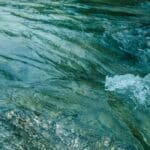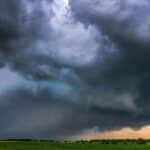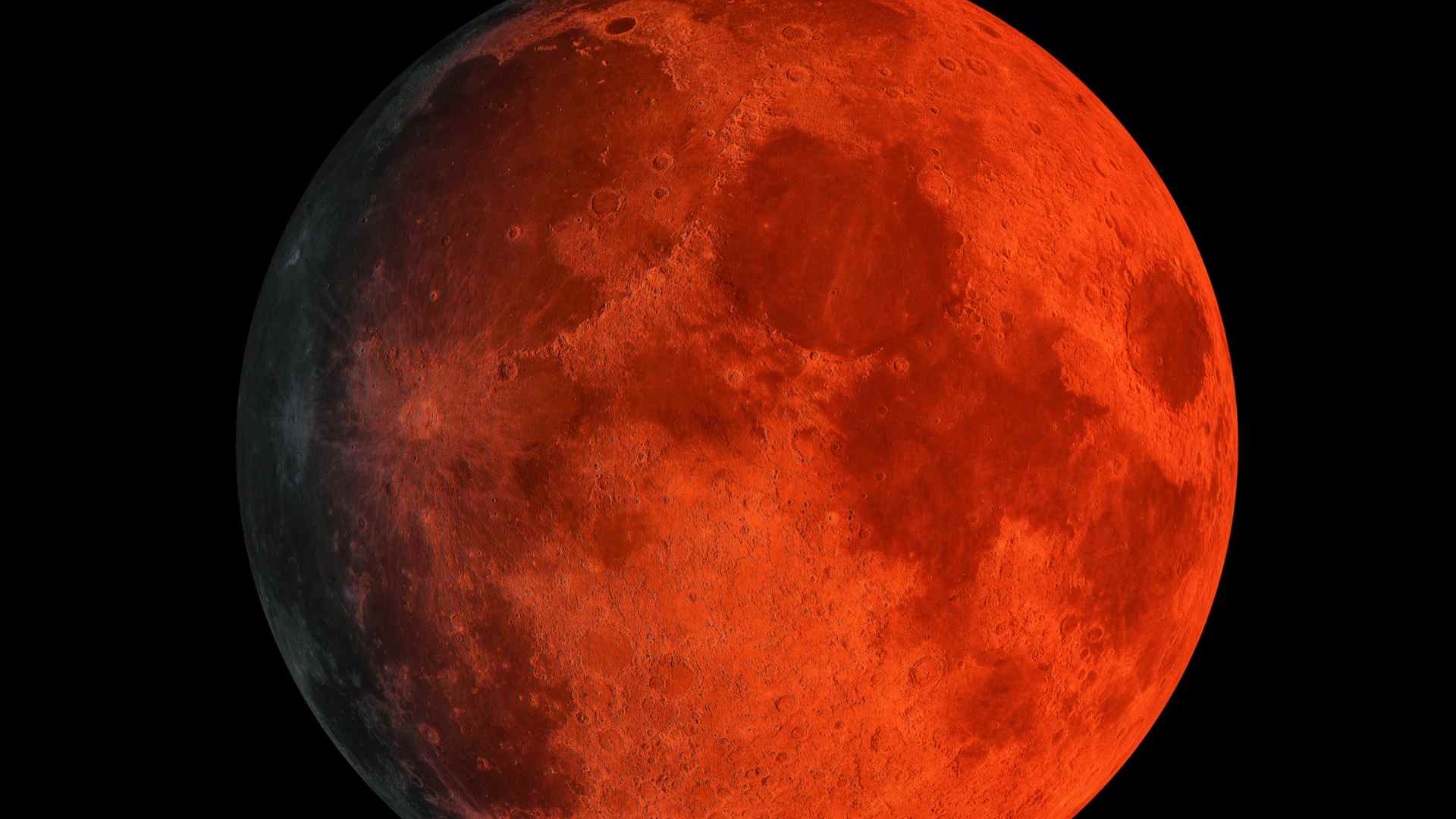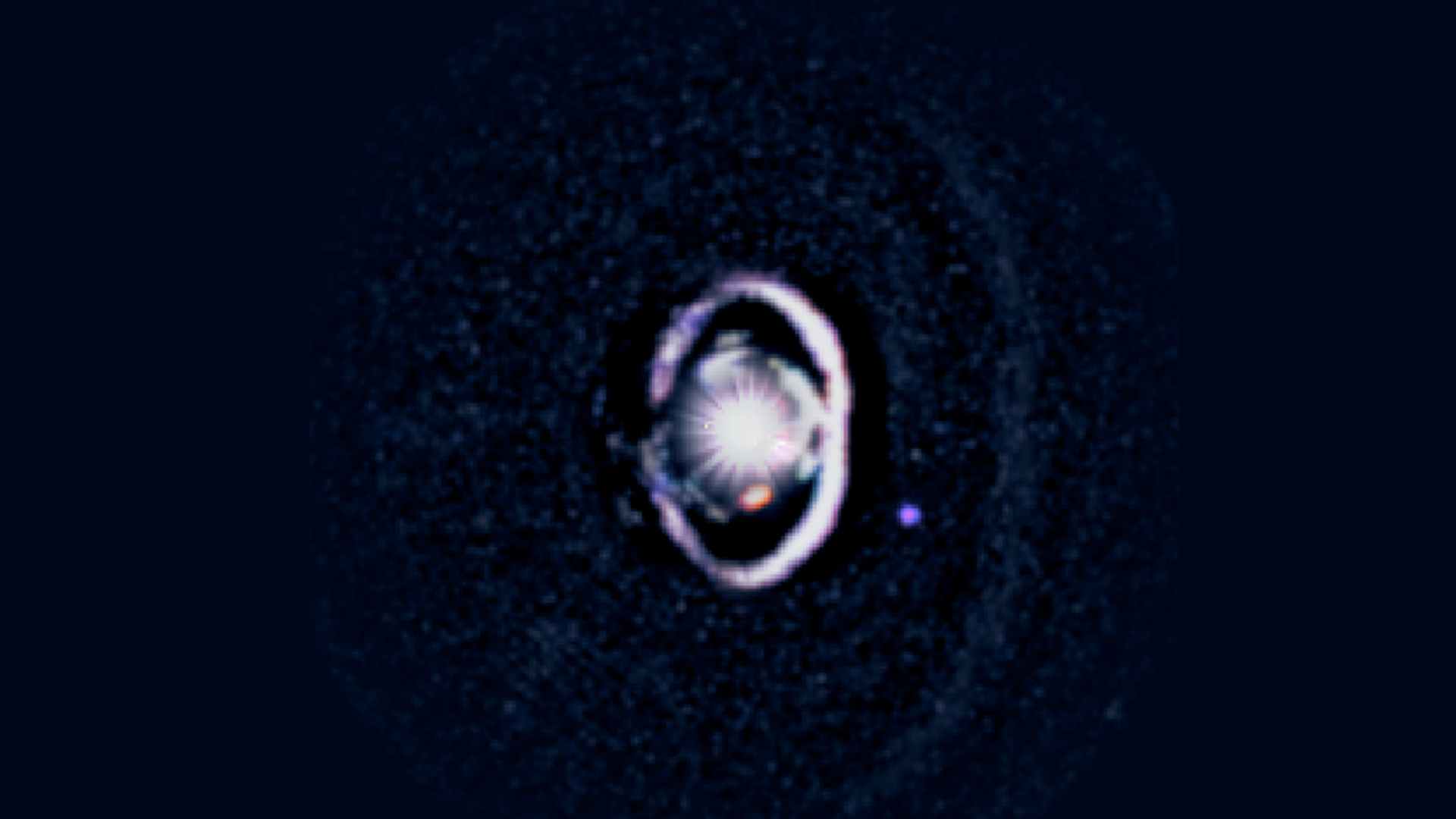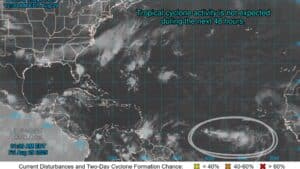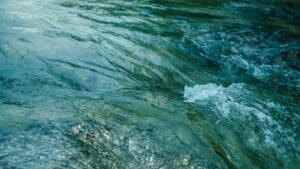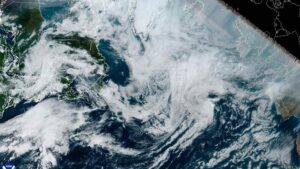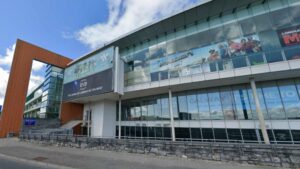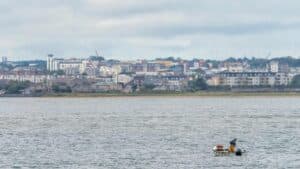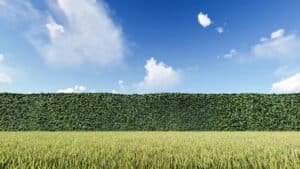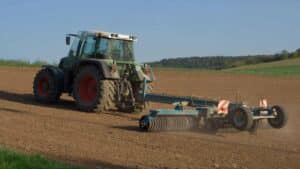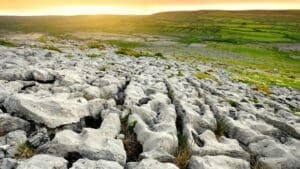
Artemis II to send crew on historic lunar flyby

NASA’s Artemis II mission, which will send four astronauts on a 10-day journey around the Moon and back, is set to advance the agency’s goal of returning humans to the lunar surface and prepare the ground for future crewed missions to Mars.
The mission will be the first crewed test of NASA’s Orion spacecraft in space. As well as assessing spacecraft performance, the astronauts will carry out scientific investigations designed to support future deep space exploration. Orion will travel between 4,000 and 6,000 miles from the lunar surface, providing what NASA says will be a rare vantage point for observing the Moon. From that distance, the Moon will appear to be about the size of a basketball held at arm’s length.
During the mission, the crew will observe and photograph geologic features on the Moon’s far side, including impact craters and ancient lava flows. They will also practice describing surface features in detail, building on geology training they have undertaken on Earth in Moon-like environments.
“Artemis II is a chance for astronauts to implement the lunar science skills they have developed in training,” said Kelsey Young, lunar science lead for the mission at NASA’s Goddard Space Flight Center. “It is also an opportunity for scientists and engineers in mission control to collaborate during real-time operations, building on years of testing and simulations.”
The crew consists of NASA astronauts Reid Wiseman, Victor Glover, and Christina Koch, along with Jeremy Hansen of the Canadian Space Agency. Depending on the mission trajectory, they could become the first humans to view some regions of the Moon’s far side with the naked eye, including the Orientale Basin, a 600-mile-wide crater at the boundary of the near and far sides.
Scientists also hope the astronauts may observe flashes of light caused by meteoroids striking the lunar surface, as well as the mysterious dust clouds that occasionally hover above the Moon’s horizon. These insights would inform later surface missions under the Artemis programme, including Artemis III, when astronauts are due to land near the lunar south pole.
In addition to lunar science, Artemis II will collect medical data on the effects of spaceflight on the crew, with the results expected to guide future missions to the Moon and eventually Mars.
NASA describes the Artemis programme as central to understanding the Moon’s resources and history, with the knowledge gained set to support deeper human exploration of the solar system.
Share this WeathÉire story:

